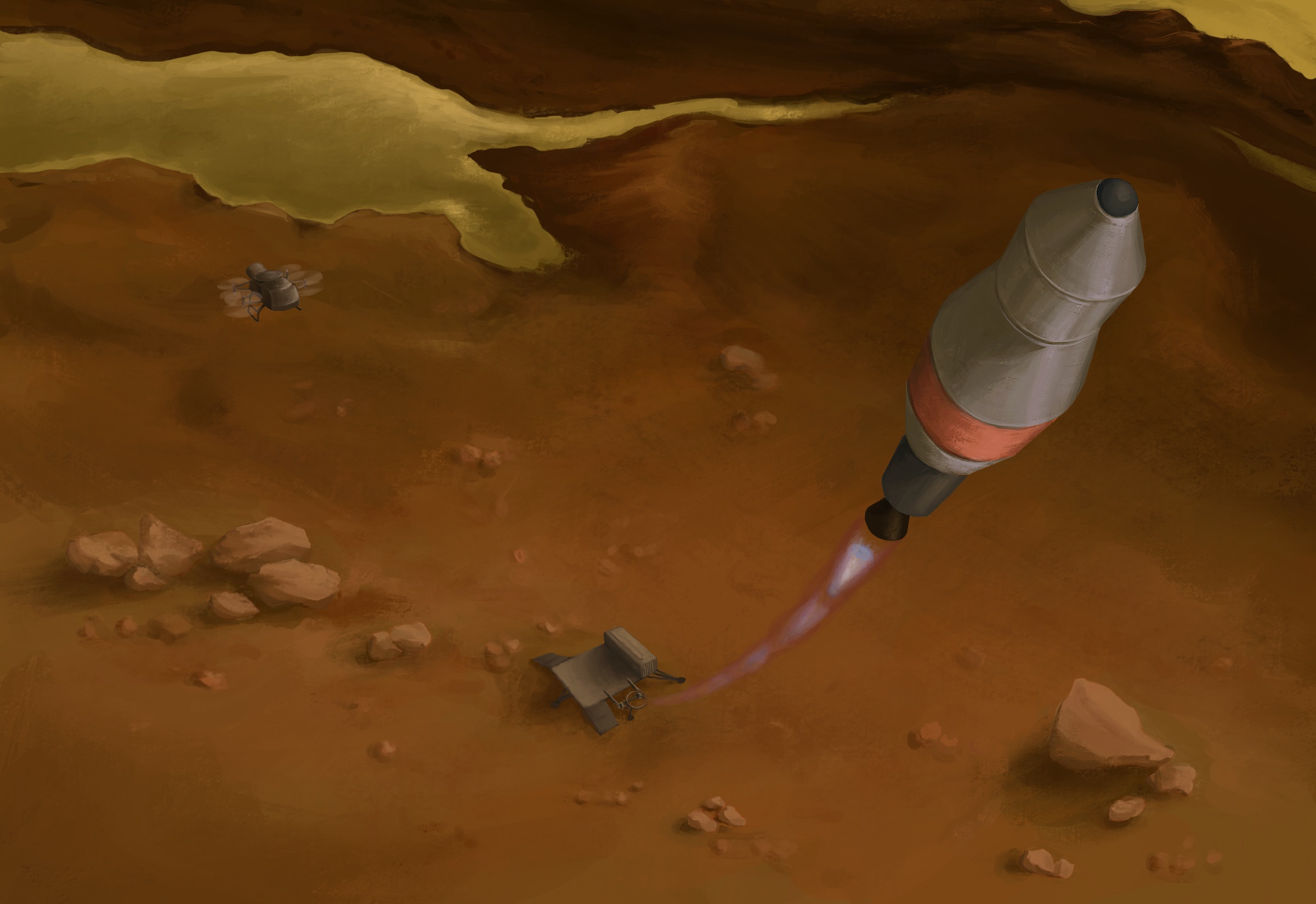Acetylene/Ethyne (C2H2) and n-butane (C4H10) form naturally in the atmosphere of Titan due to photolysis of methane then drift down to the surface in their condensed phases. Once on the surface they would react together to form a stable co-crystal – in fact this is likely the most stable form for both to take on the surface. Over billennia substantial quantities would form, mobilised and concentrated by the alkane rainstorms that wash across the surface.
The same photolysis reactions that break methane up also form free hydrogen, so that the atmosphere is 0.1% molecular hydrogen. While that sounds minor it’s the most readily available free hydrogen anywhere in the Solar System that’s not at the bottom of a Gas Giant’s gravity-well. I have previously discussed the pure reaction of acetylene and hydrogen, but what about the reaction of the co-crystal form it’s most likely to exist in?
Reacting n-butane with hydrogen to form ethane is exothermic, though only a little compared to acetylene to methane, so the following reaction is also exothermic:
C2H2 + C4H10 + 4 H2 ==> 2 C2H6 + 2 CH4 + (-419.33 kJ/mol) [Reaction 1]
Additional hydrogen needs to be added to the mix to ensure total reaction as well as suppressing acetylene’s well-known propensity to self-dissociate explosively. As an example we’ll assume the following:
C2H2 + C4H10 + 7 H2 ==> 2 C2H6 + 2 CH4 + 3 H2 [Reaction 2]
Therefore the mass fraction of hydrogen to ethyne+butane is 0.1676. I’m presently reading up on the cryogenic cooling/liquefaction sequence required to separate hydrogen from the mostly N2/CH4 mix of Titan’s atmosphere, but liquefying H2 from STP (298 K, 1 atm) conditions takes 3.228 kW.hr/kg. About 1.67 MJ/kg of Reaction 2 mix. As the energy gain from Reaction 2 is 3.654 MJ/kg that’s a net gain, even without factoring in the 94 K, 1.5 bar conditions on the surface of Titan.

